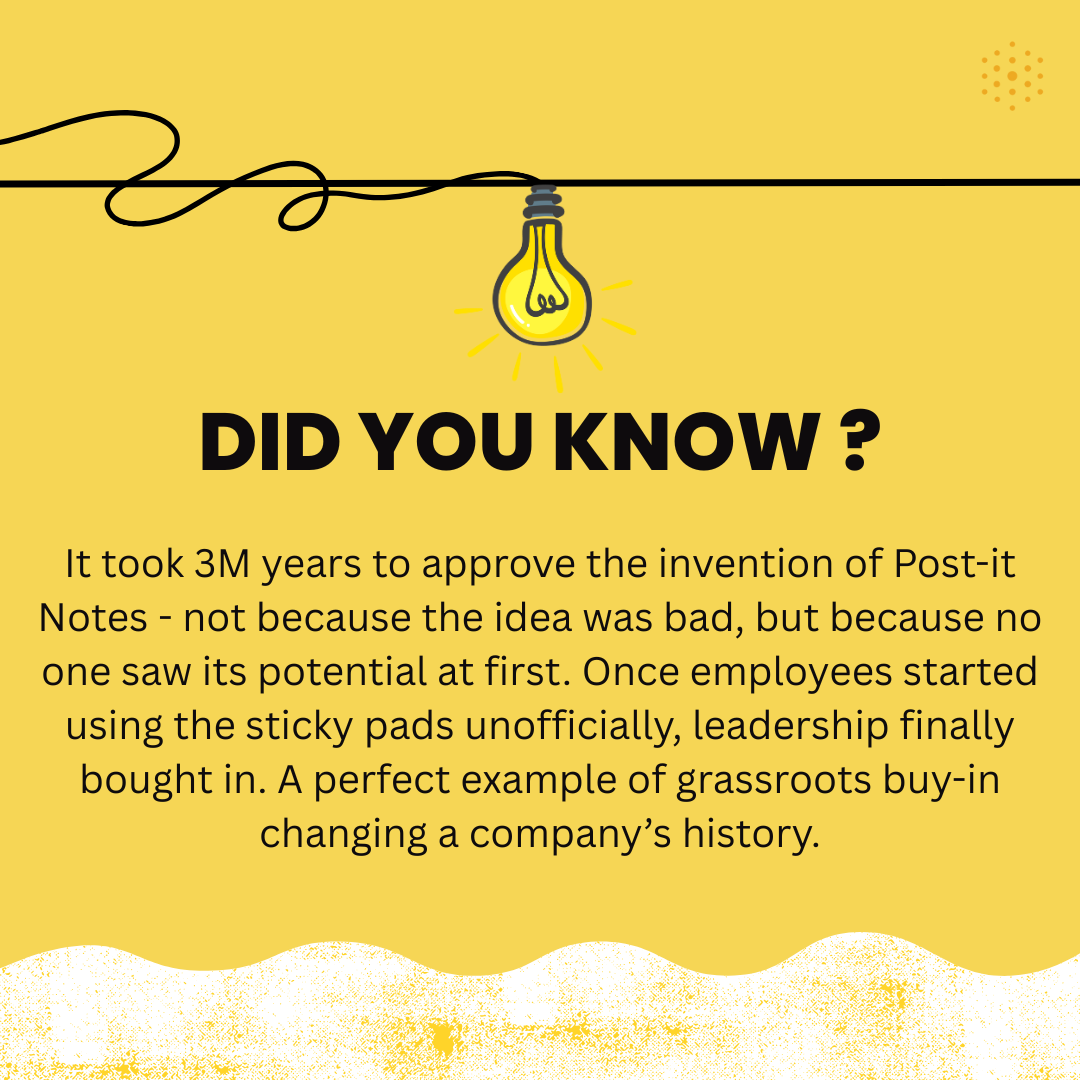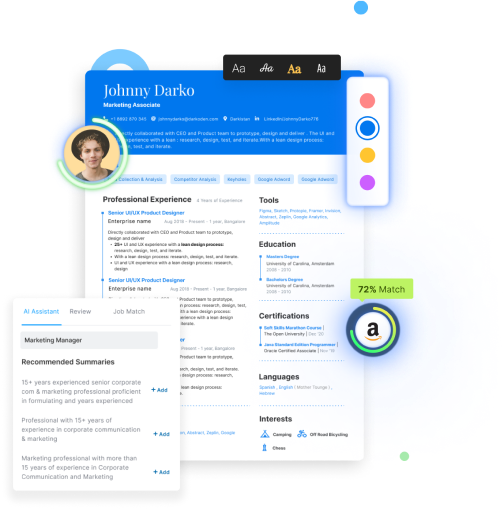You have a brilliant idea. You’ve spent weeks on it. You know it can solve a major company problem, save money, or make a real impact.
You finally get 15 minutes to present it in a team meeting, and... crickets.
Your idea dies, not with a bang, but with a polite "Thanks, we'll consider that."
If you're ambitious and looking to make your mark (and get that promotion), this is one of the most frustrating experiences in the corporate world.
In fact, a 2021 Harvard Business Review report noted that a staggering 78% of companies fail at their efforts to shift the way they do business, often due to a lack of employee buy-in, as detailed by the Growth Institute.
So, how do you become part of the 22% that succeeds? Here are 5 actionable, research-backed steps to get real buy-in for your ideas.
1. Don't Pitch Your Manager First
The most common advice is to "book a meeting with your boss." This is often the worst thing you can do first.
Think about it from your manager's perspective. Their job is often to maintain stability and hit existing targets. A new, unproven idea represents risk and disruption.
As research from Stanford Online highlights, managers "tend to be hostile to new ideas" not because they are bad people, but because their role is often one of risk-avoidance.
What to do instead: Start with informal "pre-meetings." Identify respected peers or "fellow innovators" in the organization.
Grab them for a 10-minute coffee, virtual or in-person, and say, "I'm working on a rough idea and I'd really value your perspective."
This requires strong interpersonal skills, but it's critical. It lowers defenses and makes them a collaborator, not an audience.
2. Build a "Guiding Coalition"
After your pre-meetings, you're not just gathering feedback; you're building a coalition. This is all about the psychology of social proof.
As Robert Cialdini, the renowned expert on persuasion, explains, "The greater the number of people who find any idea correct, the more the idea will be correct."
What to do instead: Your goal is to find your "first follower." Once one or two respected peers are on board, your idea is no longer "Jane's crazy idea" - it's "Jane, David, and Sarah's interesting proposal."
By the time you do present to your manager, you can say, "I've already run this by David in Engineering and Sarah in Marketing, and they both think it has potential."
You're showing that your idea already has its own "social proof." Building this support system is a core part of getting buy in for your idea.

3. Frame Your Idea as Their Solution, Not Your Project
Candidates eager to impress often make this mistake: they frame their idea around themselves (e.g., "This is a project I want to lead"). Nobody cares about your project. They care about their problems.
What to do instead: Translate your idea into the language of the business. How does it help your boss, your department, or the company achieve its goals? This is known as "goal framing."
Don't say: "I have an idea for a new employee wellness program." Say: "I know our team's #1 OKR this quarter is reducing attrition by 10%. I've analyzed our exit interview data and have a specific idea that I believe can directly impact that number."
This alignment is critical. After all, research from Bridges Building Consultancy shows that nearly half of organizations fail to achieve 50% of their strategic objectives.
Be the person who provides a clear solution to one of those objectives.
4. Make People Co-Owners, Not Just an Audience
Never present a 100% finished, perfect idea. While it feels impressive, it's actually intimidating and can backfire. It leaves no room for others to contribute, forcing them into a simple "yes" or "no" position.
What to do instead: Present your idea as a strong 80% solution and actively ask for input to get it to 100%. People support what they help create.
As Stanford Online puts it, "Participation is a powerful tool of persuasion."
What to say in the meeting: "This is my initial framework, but the real experts are in this room. I'd love to get your thoughts on how we can make this work for the operations team," or "What am I missing?"
The data backs this up. Research from Gartner found that employees who were able to provide strong input into their organization's work design were 2.5 times more likely to achieve high performance.
By asking for input, you're not just getting buy-in; you're building a better, higher-performing idea.
Also Read: How to identify your areas of improvement?
5. Generate "Short-Term Wins" to Build Momentum
Big ideas are scary. They sound expensive, time-consuming, and risky. Instead of asking for a giant "yes" to your grand vision, ask for a small "yes" to a simple test.
What to do instead: This strategy is a core part of John Kotter's 8-Step Process for Leading Change: "Generate Short-Term Wins".
Don't say: "I need $100,000 and six months to build this new system." Say: "I'd like to ask for two weeks and a $500 budget to run a small pilot with the sales team. If it works, we'll have real data to decide if we should move forward."
A short-term win does two things:
- It de-risks the idea for decision-makers.
- It gives you tangible data, proving your concept and building unstoppable momentum for the next, bigger step.
This approach proves you are not just an "idea person," but someone who can execute and deliver results.
Also Read: How to overcome career stagnation?

Buy-In Is a Process, Not an Event
Getting your idea adopted isn't about a single, brilliant presentation. It's a strategic process of socializing, framing, and co-creating.
By mastering these steps, you’re doing more than just getting a single idea approved.
You're demonstrating the strategic thinking, leadership, and conceptual skills that get you noticed by leadership and put you on the fast track for promotion.
And when you’re ready to translate that credibility into career growth - whether it’s updating your resume, optimizing your LinkedIn profile, or preparing for your next promotion interview, Hiration’s AI-powered career platform can help you put your best professional story forward.
Real progress begins when good ideas meet open minds - keep shaping, sharing, and improving.



